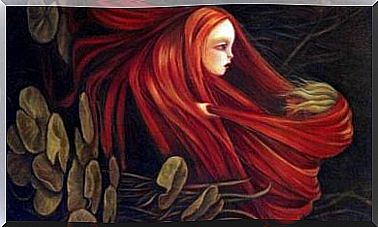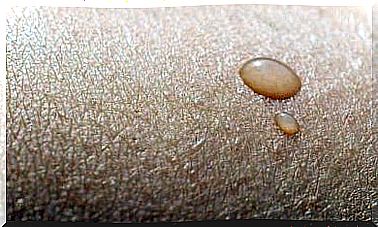The Different Types Of Chemotherapy

Chemotherapy, as you probably know, is one of the most widely used cancer treatments. It includes a wide variety of drugs, meaning there are many different types of chemotherapy.
The goal of this treatment is to destroy cancer cells to cure the disease. However, all types of chemotherapy affect both cancer cells and healthy cells, meaning they cause serious side effects. In this article, we will explain the different types of chemotherapy available and their main characteristics.
Alkylating Agents
Alkylating agents reach their highest activity level during the resting phase and are not specific for cell cycles. In turn, medical professionals may indicate different types of chemotherapy treatments:
- First, mustard gas derivatives. Like cyclophosphamide for example.
- Second, ethylenimines. Hexamethylmelamine is one of them.
- Hydrazines and triazines. Such as altretamine and procarbazine, among others.
- Nitrosourea. They are unique in that unlike most types of chemotherapy treatments, they can cross the blood-brain barrier, the membrane that protects the brain. Thus, they are useful in the treatment of brain tumors.
- Finally, metal salts.
Alkaloids from plants

This is a form of chemotherapy that comes from certain plants. For example, vinca alkaloids are produced from the periwinkle plant or Catharanthus rosea. This group also includes taxanes (Spanish link), made from the bark of the West American Yew.
All plant alkaloid chemotherapy drugs, unlike the previous group, are specific to cell cycles. This means that they attack cells depending on the phase of division they are in. In addition to vinca alkaloids and taxanes, podophyllotoxins and camptothecin analogs also belong to this group.
Anti-tumor antibiotics
This is another type of chemotherapy that comes from natural substances. Instead of coming from plants, this chemotherapy comes from some kind of the soil fungus Streptomycin.
Antitumor antibiotics exert their effect on cancer cells at different phases of the cell cycle, and not at a specific time, like the types we mentioned above. Here are some of the most common presentation forms:
- Anthracyclines. Such as doxorubicin or epirubicin. These drugs have long-term cardiotoxicological effects.
- Chromomycins. Dactinomycin for example.
- Mitomycin.
- Bleomycin.
Antimetabolites
This is a type of chemotherapy that is very similar to the natural molecules found in cells. When the cells incorporate these substances into the cellular metabolism, they can therefore block cell division. Antimetabolites are classified according to the substances that interfere with them:
- Folic acid antagonists. Methotrexate.
- Pyrimidine antagonists. 5-fluorouracil or capecitabine.
- Purine antagonists. 6-mercaptopurine.
- Adenosine deaminase inhibitors. Cladribine, fludarabine, nelarabine and pentostatin.
Topoisomerase Inhibitors

These are drugs that owe their effect to their ability to interfere with the action of topoisomerase enzymes (both I and II). These enzymes are responsible for manipulating the DNA structure, which is necessary for replication. Two examples of these drugs are irinotecan and etoposide.
Various antineoplastics
As the name of this group indicates, it contains chemotherapy drugs that do not belong to any other group because they are unique. Some of them are:
- Mitotane
- Asparaginase and Pegaspargase
- Estramustine
- retinoids
Conclusion
In addition to chemotherapy , there are many other types of chemical therapies for cancer, such as targeted therapies, immunotherapy, or hormone therapy. All of these therapeutic agents have made great strides in the treatment of cancer.
However, we still face a very big challenge and further research is needed in this therapeutic area. The ultimate goal is therefore to achieve very specific forms of chemotherapy that mainly attack tumor cells.









